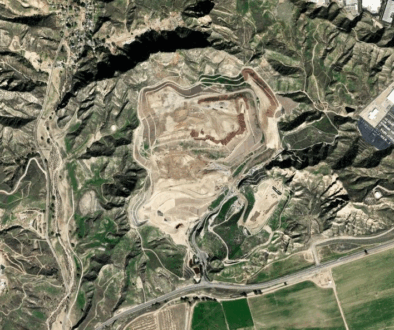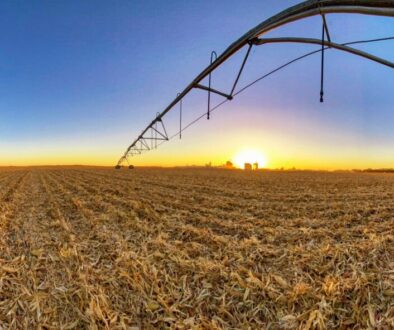Children are paying the costs for Iowa’s “drinking water crisis”
(This column was first published by the Iowa Environmental Council.)

Iowa is currently facing an unprecedented drinking water crisis. Recent reports indicate alarming nitrate levels in the Raccoon River; so high that city officials enacted emergency measures such as lawn water bans, to ensure water treatment facilities could comply with regulatory standards for safe drinking water. Unfortunately, at least for pregnant women, any level of nitrate in drinking water appears unsafe.
In my peer-reviewed study published by PLOS Water, I analyzed nearly 360,000 Iowa birth records from 1970 to 1988, linking births to nitrate measurements in public drinking water at the time of conception. During this time frame, nitrate levels in public water increased 8% annually. Although the data is old, the results still concern us all today.
Consistent with evidence outside of Iowa, I found that prenatal nitrate exposure at levels far below the current Environmental Protection Agency (EPA) standard of 10 mg/L, significantly increases risks of adverse birth outcomes such preterm birth and low birth weight. Specifically, early prenatal exposure to nitrate levels as low as 0.1 mg/L increased the likelihood of preterm births. Exposure at levels of 5 mg/L, just half the EPA threshold, was linked with an elevated risk of low birth weight. These findings demonstrate that any amount of nitrate exposure during pregnancy may harm infant health.
The EPA established the current nitrate safety standard in 1992, without any reference to prenatal exposure. In the decades since, nitrate levels in Iowa’s water have increased steadily. Today, many communities (especially in Iowa) regularly face nitrate concentrations far above historic averages, particularly populations who already shoulder poor health outcomes.
The water crisis today underscores the importance of municipal water utilities such as Des Moines Water Works, which operates the world’s largest nitrate removal facility. Yet, Des Moines’ nitrate removal facility cost millions of dollars to construct and over $10,000 each day to operate. Other municipal or private activities to remove nitrate from water are also quite expensive. These costs are rarely paid by the people polluting our waters.
If you do not like paying these costs – whether in the form of lawn watering bans, higher water bills, or consequences of adverse birth outcomes – reframe your thinking. Do not think of these costs as a tax on you, but rather as a subsidy paid directly to Big Ag. In our free market system, of which I am a big fan, these human and financial costs represent an externality. Since at least the 1970s, Iowans have been literally and figuratively subsidizing agricultural producers to continue polluting. This status quo neither incentivizes better farming practices nor implements any meaningful accountability on polluters.
The stakes are clear. No level of nitrate in drinking water appears safe during pregnancy. The EPA’s decades-old standard does not reflect contemporary scientific evidence and is insufficient for protecting public health. In the absence of strong, updated federal regulations, we Iowans must rely on private and local efforts to deliver safe and clean water. Yet, nitrate pollution continues to rise.
Until we act upstream to slow or stop nitrate pollution into our water, we Iowans will continue paying excessive human and financial costs to mitigate the exposure of elevated nitrates. Whether our children continue paying will be up to us.
Opinion columns published in The New Lede represent the views of the individual(s) authoring the columns and not necessarily the perspectives of TNL editors.
(Featured photo by Zyanya Citlalli for Unsplash+.)




